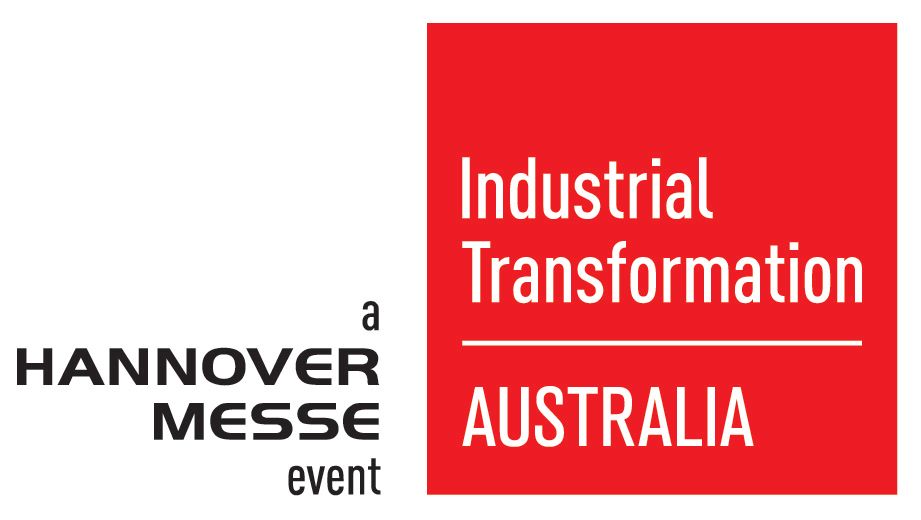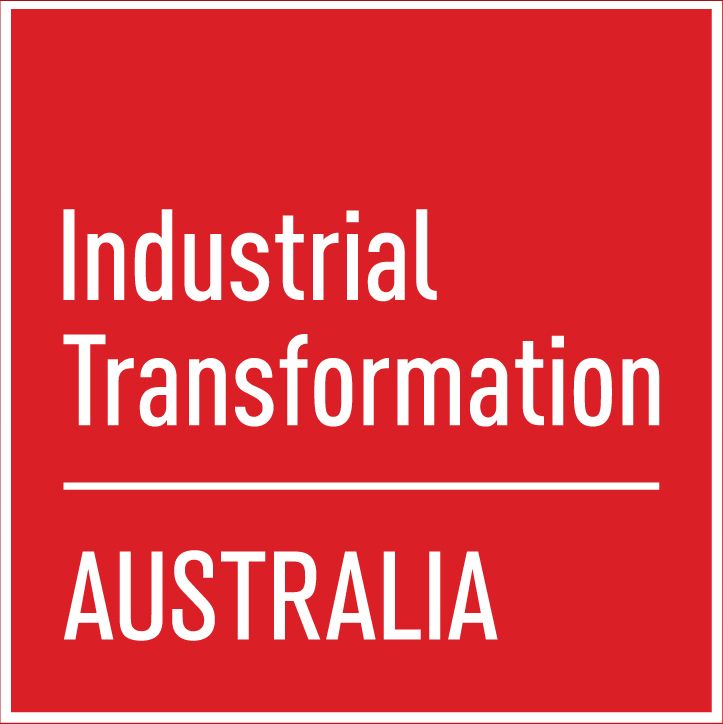What is the most exciting, emerging industry-facing technology or innovation?
Hear from Industry Experts
Jens Goennemann, Managing Director, Advanced Manufacturing Growth Centre Ltd (AMGC), PhD (Econ), BA (Business), FAICD / Non-independent
Manufacturing as an entire industry is exciting, it offers a solution to many of the world’s greatest challenges and opportunities be it climate, health, security and employment. A nation’s ability to prosper is directly linked to its ability to make things, preferably complex things the world needs. Through the adoption of advanced processes, products or materials, Australian manufacturers can lift their capability and compete at a global scale.
Christian Ruberg, Board member, Robotics Group Australia
The application of emerging AI algorithms in conjunction with increasingly intelligent robotics and cobotics, enabled by computer vision and natural language processing.
Veena Sahajwalla, Director of SMaRT Centre (Sustainable Materials Research & Technology) and Associate Dean (Strategic Industry Relations) faculty of Science, UNSW
The most exciting opportunity I believe revolves around the alignment of recycling and manufacturing. This is about creating a whole new “remanufacturing” model where resources recovered from waste can directly become the feedstock of new products. There are emerging technologies that can reform various hard to recycle or complex wastes into new value-added products and manufacturing feedstock, and our various UNSW SMaRT Centre-designed technologies attest to this. Best known of these technologies is SMaRT’s Green SteelTM Polymer Injection Technology, which is well known for using millions of waste rubber tyres destined for landfill as an alternative source for partial replacement coke and coal (carbon) in electric arc furnace steel making. The next generation of Green SteelTM research now shows tyres are also effective and contain hydrogen which improves the efficiency of steel making. The Green Ceramics modules reform waste textiles and problematic glass, into a range of ceramics for the build environment, while the Plastics modules, which reform hard plastics coming from e-waste not being recycled, into filament for 3D printing and new manufacturing needs. We think this alignment of recycling and manufacturing is the greatest opportunity to shift the dial.
Sam White, co-chair, IoTAA Manufacturing Workstream and Kamal Salwan, sub-workstream lead, IoTAA Manufacturing Workstream.
- Intelligent robotics and cobotics
- Converting widespread disconnected data using AI into Smart Information to assist decision-making
- AI, particularly embedding of Generative AI into existing tools to empower and augment the workforce for making better decisions
- Leveraging established Industry 4.0 solutions to tackle current and emerging manufacturing challenges
- Digital passports for international supply chains



)